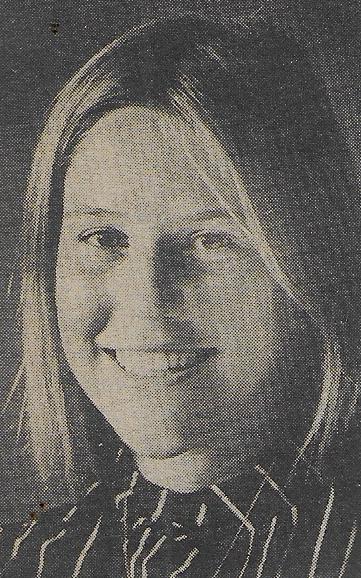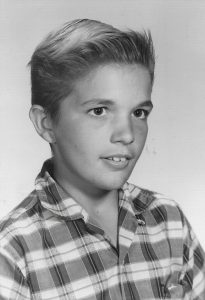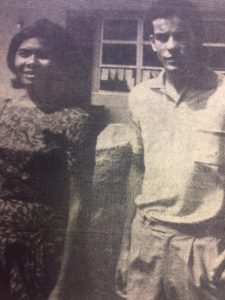The following article first appeared in the Sunday, February 19, 1978 edition of the “Ojai Valley News” on Page 4. It is reprinted here with their permission.
On Campus
Mixed emotions on what needs fixing at Nordhoff
by
Laurice Davis
Recently the Ojai Unified School Board approved a rehabilitation of the Nordhoff swimming pool. This project will take more than a year to complete and will cost approximately $36,000. The pool was under-engineered when built, according to district business manager Ken Nielson, and the work to be done will bring the pool up to proper standards.
There seem to be many things that need improvement at the high school — the swimming pool is just the beginning of a long list. Whether or not the swimming pool project should top the list is a question that should include the input of the students who spend the most time at the school.
We questioned a number of students on whether they thought the money was well spent on the pool or whether they thought there were greater needs. Most agreed the pool was a much-needed project, but they also expressed hope the improvements will not stop there.
Do you think the $36,000 to rehabilitate the swimming pool will be well spent? If not, where would you spend the funds?
Mia Emhardt — “I’m happy to see that something is finally being done about the pool. The condition of the pool has been deteriorating rapidly and I think it is very wise to have it repaired. The pool is of great potential to the NHS curriculum.”
Jim Clement — “It’s an improvement that money is being spent, but I think it is for the wrong purpose. The parking lots need a lot of work and some classrooms, also.”
Cindy Jennings — “I think it is good that they are trying to rehabilitate at least part of the school. But the problem is, we need a lot more money to fix up the rest of it.”
Micah Martin — “I think spending the money on the pool is a good idea. There are other things that need improvement. They aren’t as important as the pool. It is one of the good things at NHS and I think they should try to keep it in good condition.”
Lionel Guiterrez — “I feel money should be used to improve the educational materials we don’t have.”
Donna Allsberry — “I think that it is a lot of money to spend to improve the pool area, but most money is granted to the major sports and I am glad that they are trying to improve the minor sports. The improvements don’t just benefit the kids going out for water polo, etc., because a lot of kids take swimming as their P.E. class.”
Jack Klassen — “It sounds like a good project to improve the pool, but it seems like a lot of money. That much money will go a long way to just improve a pool. Money should be spent to plant the dirt part on the bleachers. I would hate to see them wash away.”
Jeff McConnell — “I think they should get money to fix the parking lot. The gravel is ruining everyone’s paint job. The rest of the money left should be used to fix the pool.”
Mike Murray — “I think it is a great idea. I am a swimmer, and not all the times I swim is the heater working. Instead of using the school district’s money they should use their money for other things the school needs to have the people who really use the pool and want it fixed donate money and have fund raisers.”
Chris Clark — “I think it is a reasonable way to spend $36,000. The school needs lots of improvements. Who is to set the priorities on what needs the improvements? If you ask a swimmer he’ll say the pool, a runner, he’ll say the track. You have to start somewhere.”
Tammi Warner — “For $36,000 you could practically build a brand new pool!!”




